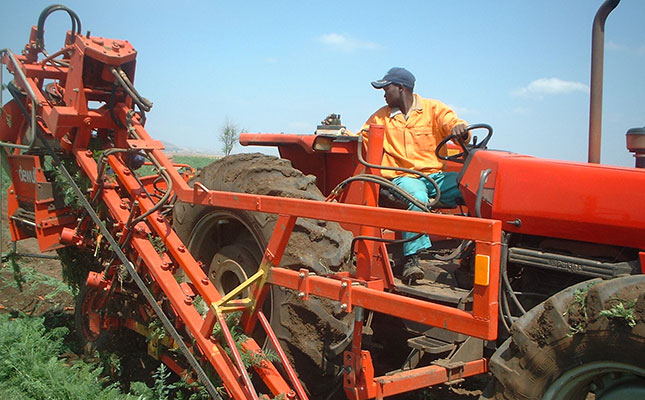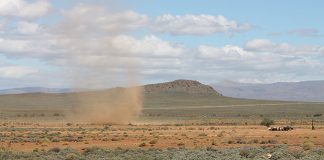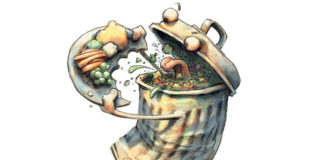
Photo: Bill Kerr
Labour laws have contributed to the changes in carrot production in South Africa. It used to be a very labour-intensive crop.
To keep production costs down, farmers started to mechanise. They would source machinery from overseas as, due to the cost of labour in many other countries, they were forced to mechanise long before us.
Apart from labour costs, the market has moved over to using hybrid seed, which produces more uniform roots and higher yields.
The public buys fresh produce by eye, and so the product and packaging need to attract the attention of the housewife.
READ A guide to growing carrots
Once one producer makes improvements, his sales will increase, which then forces other growers to follow suit or be left behind.
These hybrid seeds are expensive to breed and produce, and so as the former carrot seed price was a delegable percentage of the production cost when open-pollinated varieties were planted, it now has become an integral part of production cost.
Yield per hectare
The actual taste of carrots is presently of little consequence, and many of the current market leaders do not taste as good as the open-pollinated varieties formally planted.
For the farmer, it actually comes down to yield per hectare and marketability that concern him most.
In other words, it is the bottom line profit that is paramount. Carrot yields have probably increased by up to 40% thanks to modern hybrids.
As yields increased, the buying public became picky with regard to the shape, smoothness and colour, and almost all producers were forced to follow suit and use hybrids.
With the high cost of seed, which is imported and purchased very expensively due to the exchange rate between the rand and other currencies, farmers were forced to buy the most modern and expensive precision planters in order to be able to get away from seed wastage and to avoid having to thin out dense stands.
The use of harvesters also became necessary in order to save on labour.
Carrots are nowadays taken to the packhouse in a tip trailer and dumped into a water bath, from where the crop is directed onto a conveyor through a process of washing before going to a size-grading process and then slipped into pockets, ready for sale.
Some producers now even have the product go through hydro coolers to prolong freshness to benefit the market buyers.
READ Other carrot leaf diseases
The net result of all of this is that in order to make up the machinery costs, the farmer is forced to produce large volumes to justify the expense and to be market competitive.
In most cases, the modern South African farmer has also been forced to specialise more and drop many crops that were formerly planted.
Some growers have now specialised to the point where they only grow carrots. The same trend has happened with potato production.
The cost of labour and labour legislation has forced farmers to mechanise to the hilt and expand their plantings to justify moving from a relatively labour-intensive crop to one that now uses very little labour.
This makes it very difficult for new entrants to get into these two markets.
Bill Kerr is a vegetable specialist and breeder.










